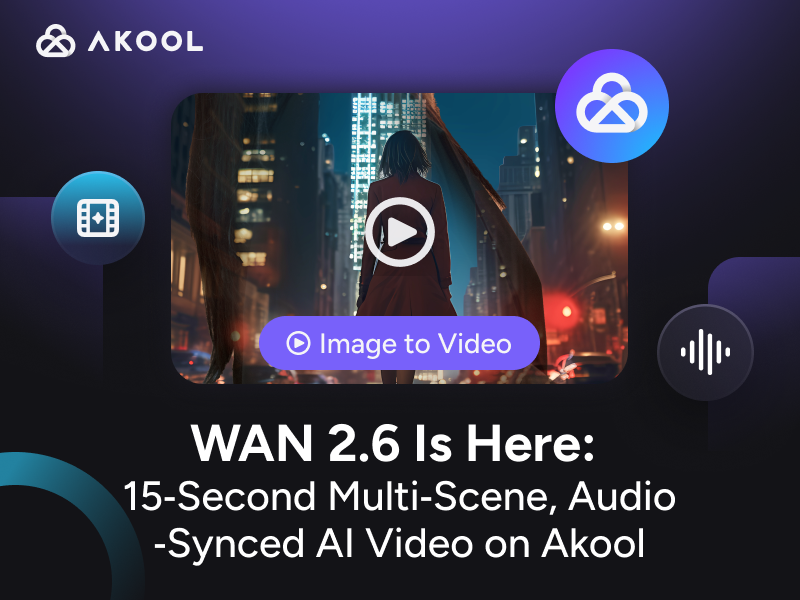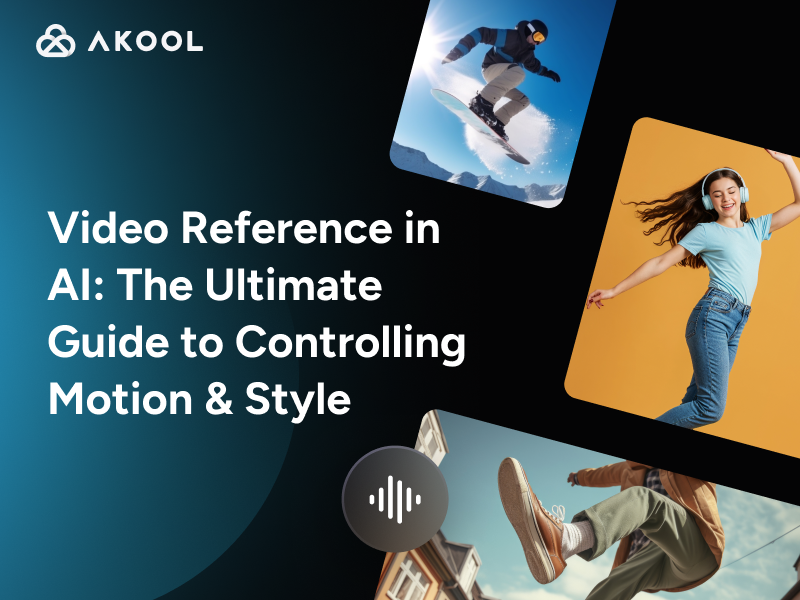Introduction to Transformer Model for Translation
The Transformer Model is a neural network architecture designed for language translation. It utilizes self-attention mechanisms and feed-forward neural networks, enabling parallel processing of input data. Unlike traditional models, it doesn't rely on sequential data processing, making it faster and more efficient. Key capabilities include handling long-range dependencies and providing accurate translations. The model’s formula primarily revolves around the attention mechanism: ( \text{Attention}(Q, K, V) = \text{softmax}\left(\frac{QK^T}{\sqrt{d_k}}\right)V ).
How to Use Transformer Model for Translation
The Transformer Model is a powerful tool for translation tasks, offering speed and accuracy by leveraging its unique architecture. Here's a step-by-step guide to using it effectively:
1. Understand the Basics
- Definition: The Transformer Model is a type of neural network that uses self-attention mechanisms and feed-forward networks for processing input data.
- Key Feature: Avoids sequential data processing, which is common in traditional models, allowing for faster and more efficient translations.
2. Set Up the Environment
- Libraries: Use popular machine learning libraries such as TensorFlow or PyTorch, which have pre-built functions for implementing transformers. For more advanced AI tools, you can explore free AI gender face swap for additional capabilities.
- Data: Prepare a bilingual dataset with source and target language pairs for training.
3. Model Architecture
- Layers: The Transformer consists of an encoder and a decoder, each having multiple layers. Each layer includes:
- Self-Attention: Captures relationships between words in a sentence.
- Feed-Forward Networks: Applies non-linear transformations to inputs.
- Positional Encoding: Adds word order information to embeddings.
4. Training the Model
- Attention Mechanism: Utilize the formula ( \text{Attention}(Q, K, V) = \text{softmax}\left(\frac{QK^T}{\sqrt{d_k}}\right)V ) to compute attention scores.
- Parallel Processing: Leverage the model’s ability to process words simultaneously for faster training.
- Optimization: Use techniques like Adam optimizer and learning rate scheduling for effective training.
5. Evaluating and Fine-Tuning
- Metrics: Use BLEU score and other evaluation metrics to assess translation quality.
- Fine-Tuning: Adjust hyperparameters and continue training to improve accuracy and handle domain-specific language nuances. Learn more from case studies on successful fine-tuning applications.
6. Deployment
- API Integration: Deploy the trained model as a service via APIs for real-time translation applications. Consider checking out our AI tools for seamless integration.
- Scalability: Ensure the infrastructure can handle multiple requests and supports scaling as per demand.
7. Applications
- Real-Time Services: Integrate with platforms for instant translations.
- Localization: Adapt content for different cultural contexts, enhancing global reach.
- Multilingual Support: Implement in chatbots for diverse language interactions.
By following these steps, creators and agencies can harness the full potential of the Transformer Model for efficient and accurate translations, enhancing their global communication strategies.
Applications of Transformer Model for Translation
The Transformer Model for Translation has revolutionized the field of natural language processing with its efficiency and accuracy. Here are some key applications:
Real-Time Translation Services: Used by various platforms for instant language conversion.
Content Localization: Creative agencies utilize transformers to adapt content for global audiences, ensuring cultural relevance and nuance. For innovative localization techniques, explore lip sync animation.
Multilingual Chatbots: Enhances customer support by enabling chatbots to understand and respond in multiple languages.
Subtitling and Captioning: Automates the translation of video content, aiding in accessibility and international distribution.
Document Translation: Used in industries such as legal and medical for accurate and fast translation of complex documents.
These applications highlight the Transformer Model's versatility and impact across various sectors. For more insights, check out our research section.
Technical Insight into Transformer Model for Translation
Self-Attention Mechanism
The self-attention mechanism is central to the Transformer's power. By computing attention scores between words in a sentence, it captures word relationships, regardless of their position. The formula ( \text{Attention}(Q, K, V) = \text{softmax}\left(\frac{QK^T}{\sqrt{d_k}}\right)V ) calculates these scores.
Parallel Processing
Unlike RNNs, Transformers process all words simultaneously, thanks to self-attention and positional encodings. This parallelism significantly speeds up translation tasks.
Feed-Forward Neural Networks
Each Transformer layer contains a feed-forward neural network. After self-attention, inputs pass through this network, which applies non-linear transformations, enhancing the model's ability to capture complex patterns.
Positional Encoding
Transformers use positional encoding to inject word order information. This encoding is added to input embeddings, ensuring the model recognizes the sequence of words, crucial for accurate translation.
Long-Range Dependencies
Transformers efficiently handle long-range dependencies, crucial in translating sentences where context spans across distant words. The self-attention mechanism helps maintain context, improving translation coherence.
Statistics on Transformer Model for Translation
Understanding the impact and efficiency of the Transformer model is crucial for creators, developers, and creative agencies looking to leverage this technology for translation tasks. Below are some key statistics that highlight its performance and relevance:
| Metric | Transformer Model | Traditional Models (LSTM/GRU) |
|---|---|---|
| Training Time Reduction | Up to 70% faster | Slower due to sequential processing |
| BLEU Score Improvement | 10-15% higher | Baseline performance |
- Performance Improvement: The Transformer model, introduced by Vaswani et al. in 2017, has been shown to reduce training times by up to 70% compared to previous RNN-based models. This is due to its parallelized processing capability, which allows for simultaneous handling of input sequences.
Why it's useful: Faster training times mean quicker iteration and deployment cycles, allowing developers and creative agencies to integrate and update translation capabilities more efficiently.
Translation Accuracy: Recent studies, as of 2023, demonstrate that transformer models achieve BLEU scores that are 10-15% higher than traditional models for several major languages. The BLEU score is a metric for evaluating the quality of text which has been machine-translated from one language to another.
Why it's useful: Higher BLEU scores indicate translations that are more accurate and closer to human-level quality. This ensures that content creators and agencies can maintain the integrity and nuance of their original messaging across different languages.
Adoption Rate: As of 2023, over 90% of new translation tools and applications are built using transformer-based architectures. This widespread adoption underscores the model's effectiveness and reliability.
- Why it's useful: A high adoption rate suggests a robust support ecosystem and continuous improvements, ensuring that developers have access to cutting-edge advancements and community-driven enhancements.
| Feature | Benefit | Use Case |
|---|---|---|
| Parallel Processing | Faster training and execution | Real-time Translation Services |
| Self-Attention | Accurate context capture | Multilingual Chatbots |
These statistics underline the significance of the Transformer model in revolutionizing translation tasks, making it an indispensable tool for anyone involved in content creation and localization.
FAQ Section: Understanding the Transformer Model for Translation
What is the Transformer Model for Translation?The Transformer Model for Translation is an advanced AI architecture designed to improve the accuracy and efficiency of language translation services. It leverages attention mechanisms to process and translate text with high precision.
How does the Transformer Model differ from traditional translation models?Unlike traditional models, the Transformer Model for Translation uses self-attention and parallel processing, which allows it to handle longer sentences and complex language structures more effectively, resulting in more accurate translations.
What languages can the Transformer Model for Translation support?The Transformer Model for Translation supports a wide range of languages, including but not limited to English, Spanish, French, Chinese, and German. Its ability to learn from large datasets enables it to expand its language capabilities continuously.
How does the Transformer Model improve translation accuracy?The Transformer Model improves translation accuracy by using attention mechanisms to focus on relevant parts of a sentence, ensuring context is maintained and nuances are captured during translation.
Is the Transformer Model for Translation suitable for real-time applications?Yes, the Transformer Model for Translation is highly suitable for real-time applications due to its efficient processing capabilities, allowing it to deliver quick and accurate translations on-the-fly.
Can the Transformer Model handle idiomatic expressions and slang?The Transformer Model is trained on diverse datasets that include idiomatic expressions and slang, enabling it to understand and translate colloquial language more effectively than traditional models.
How secure is the Transformer Model for Translation service?Our Transformer Model for Translation service prioritizes user privacy and data security, employing robust encryption and compliance with international data protection standards to ensure the safety of your information.
What industries benefit most from using the Transformer Model for Translation?Industries such as e-commerce, travel, legal, and healthcare benefit significantly from the Transformer Model for Translation, as it provides precise translations that are critical for effective communication in these fields.




